Members save 10% or more on over 100,000 hotels worldwide when you’re signed in
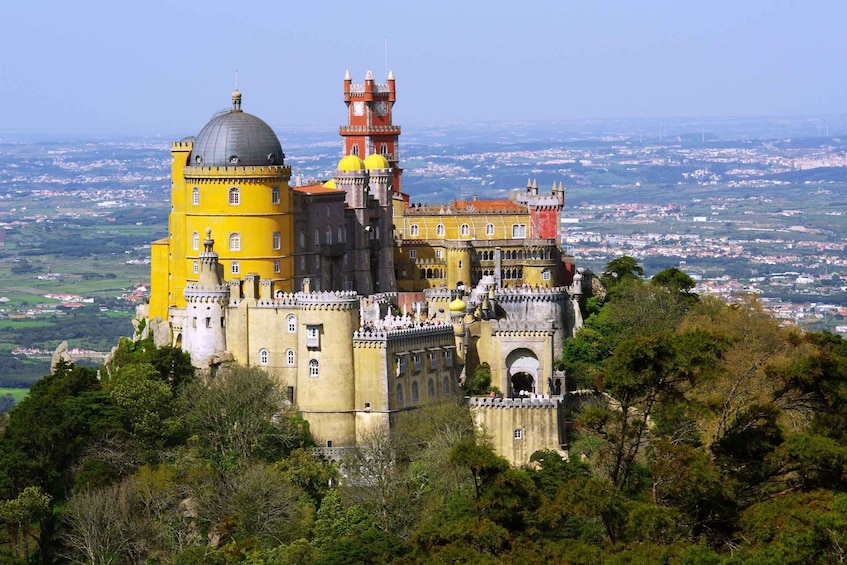
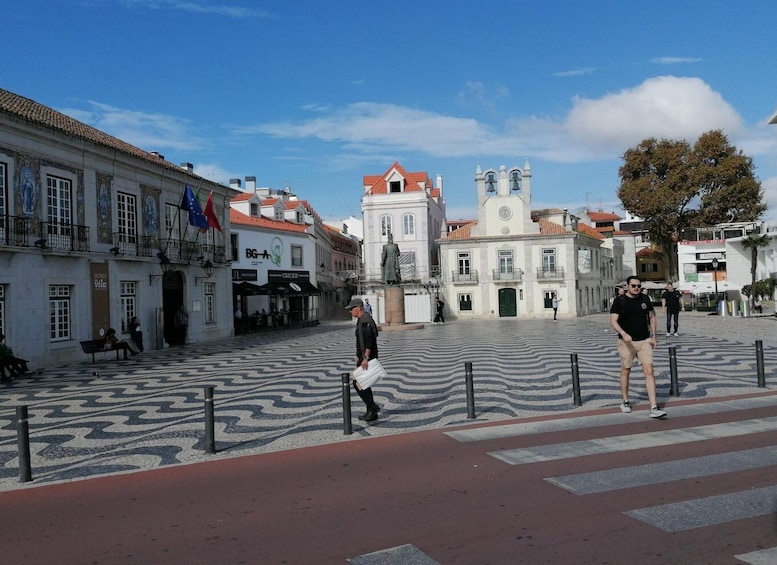
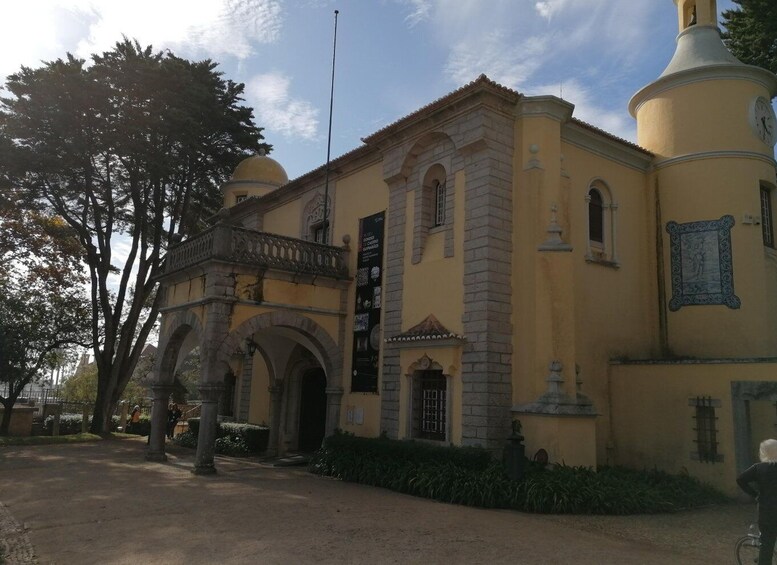
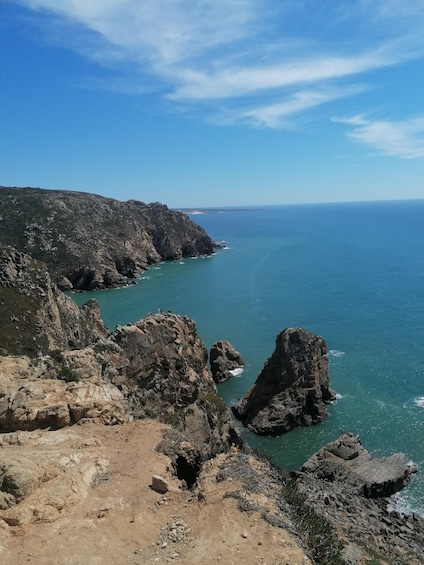
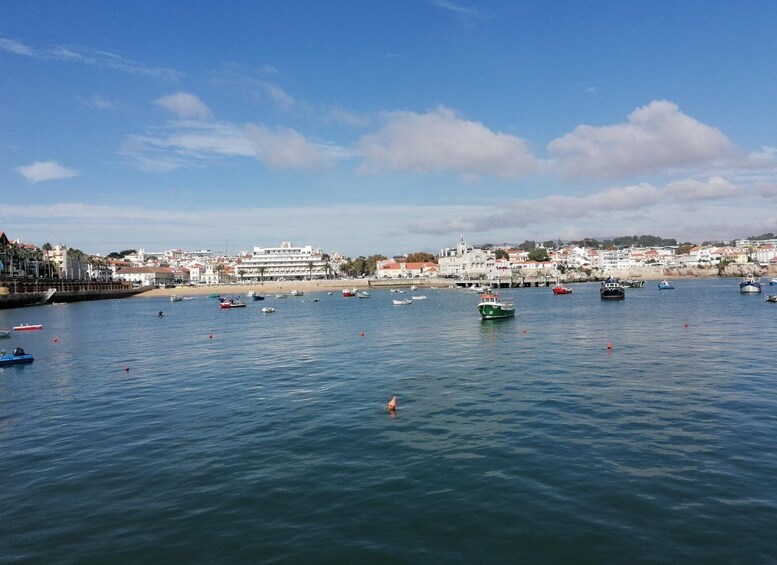
Private Full Day Tour: Sintra, Queluz, Cabo da Roca, Cascais
Features
- Free cancellation available
- 8h
- Mobile voucher
- Instant confirmation
- Selective hotel pickup
- Multiple languages
Overview
- Explore the historical centre, part of Unesco cultural heritage
- Discover Estoril and Cascais bay, fishing village
- Enjoy the nice views at Cabo da Roca, the weaternmost point of Europe
Activity location
- Sintra
- Sintra, Lisboa, Portugal
Meeting/Redemption Point
- Sintra
- Sintra, Lisboa, Portugal
Check availability
Private Full Day Tour Sintra, Queluz, Cabo da Roca, Cascais
- 8h
- English
What's included, what's not
- Wifi on board
- Transport by air-conditioned vehicle
- Hotel (accommodation) pick up and drop off
- Meals and drinks
- Museums and monuments entrance fee
What you can expect
Sintra In the village of Sintra, we can find testimonies from practically all periods of Portuguese history and, not infrequently, with a dimension that, due to its importance, surpassed the limits of this territory. In Sintra's candidacy for World Heritage/Cultural Landscape with Unesco, it was a matter of classifying an entire area that assumed itself as a cultural and environmental context with specific characteristics: a cultural unit that has remained intact in a plethora of palaces and parks; of manor houses and respective gardens and woods; of palaces and chalets inserted in the middle of an exuberant vegetation; of extensive walled sections that crown the highest peaks of the Serra. Also a plethora of meditation convents between cliffs, woods and fountains: churches, chapels and hermitages, secular centers of faith and art; finally, an intact cultural unit in a plethora of archaeological remains that point to occupations several millennia old. Read less
Cabo da Roca Cabo da Roca is the westernmost point of mainland Portugal and continental Europe. The site can be visited, not to the extreme, but to an area at an altitude of 140 m. The cape forms the western end of the Serra de Sintra, plunging into the Atlantic Ocean. Luís Vaz de Camões described it as the place “Where the land ends and the sea begins” (in Os Lusíadas, Canto III). A stone pattern with a tombstone marks this geographical feature to everyone who visits this place. Its flora is diverse and, in many cases, has unique species, being the object of several studies that also extend to geomorphology, among others. It is part of the Sintra-Cascais Natural Park, in an area with easy access and a large number of tourists, with many people visiting it.
Cascais Its origin as an independent entity dates from the Charter of the Town, of June 7, 1364, in which King D. Pedro I of Portugal separated it from the term of Sintra due to its economic development. Administratively, it only became independent in 1514, when it was provided with its own charter. Occupied since the Palaeolithic, and with an important archaeological heritage, the municipality was from early on focused on agricultural production, fishing and the extraction of resources. The Tagus contributed to its importance, having today a vast military architectural heritage. Due to its natural and scenic values, both the village and the municipality experienced a surge in popularity that saw it become the preferred destination of Portuguese and foreign elites from the 19th century onwards. The arrival and electrification of the railway were essential for the progress of the municipality, being the main factor for its urbanisation from 1930 onwards. Read less
Location
Activity location
- Sintra
- Sintra, Lisboa, Portugal
Meeting/Redemption Point
- Sintra
- Sintra, Lisboa, Portugal